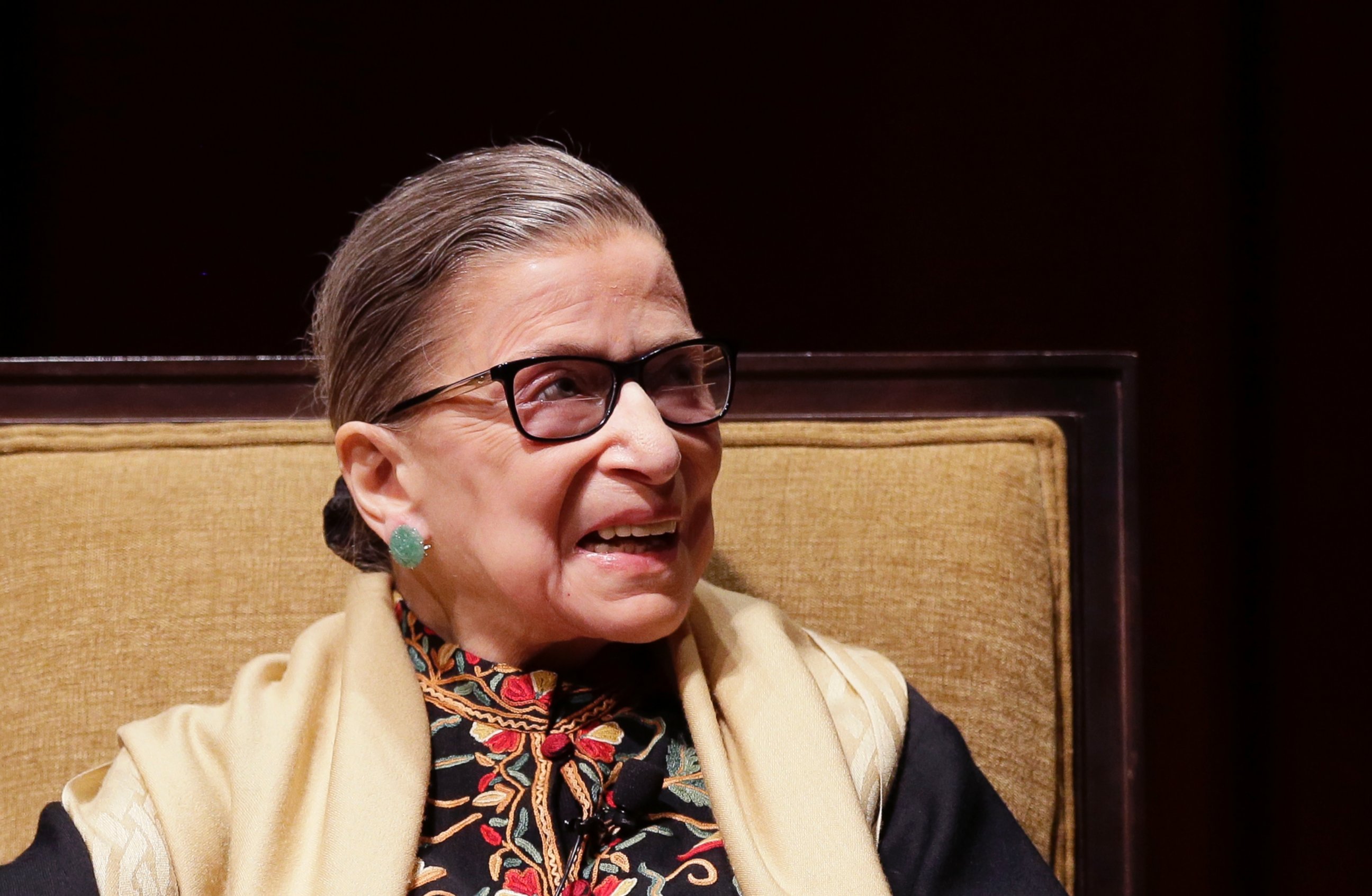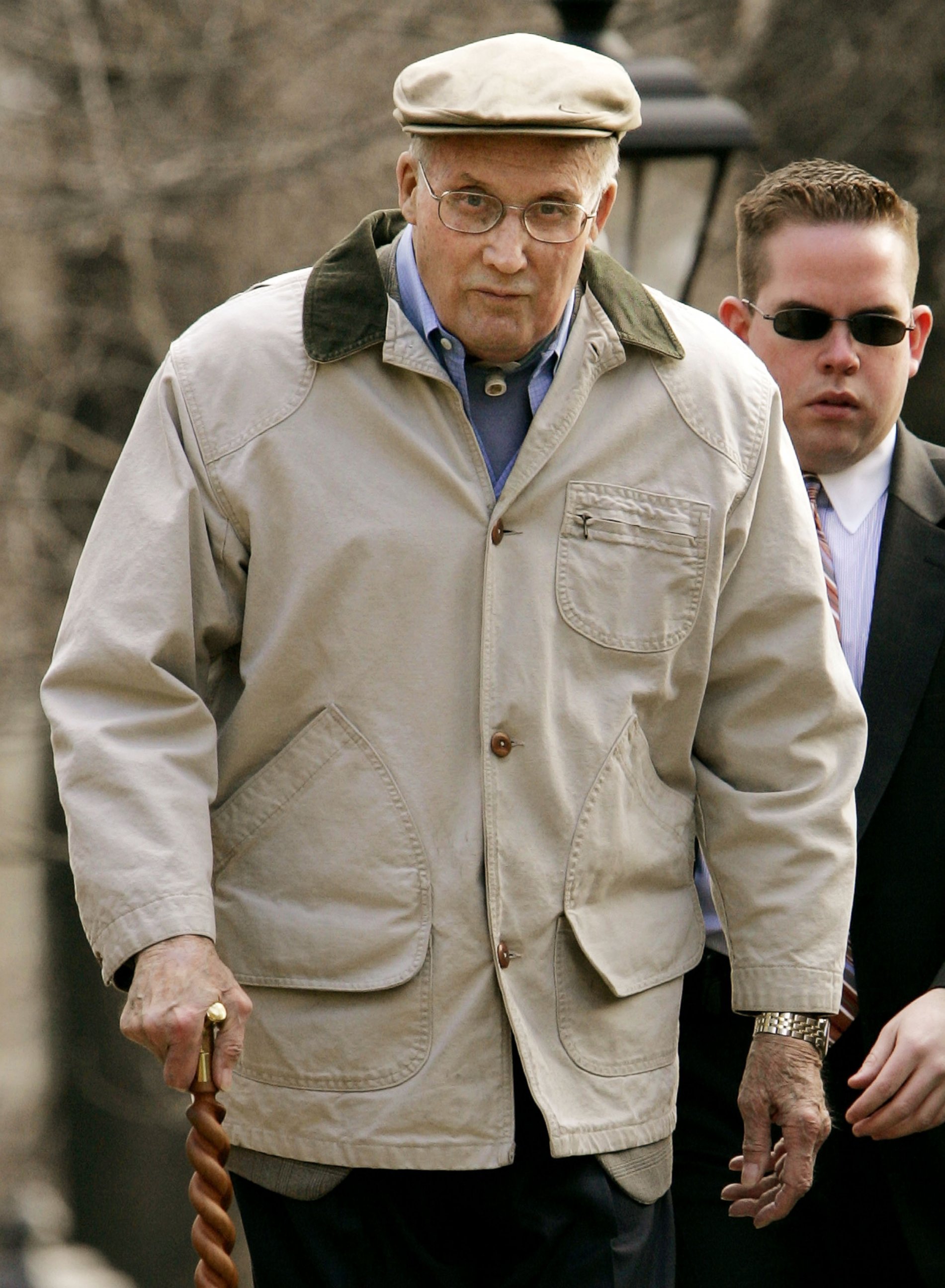Justice Antonin Scalia's Health Woes Weren't Publicly Disclosed Before His Death
The Supreme Court justice was found dead days after visiting a doctor.
— -- Even though the relatives and doctors of the late Supreme Court Justice Antonin Scalia reportedly knew about his health conditions, the fact that the concerns were kept from the public is in keeping with the practices of the court, experts said.
Unlike the White House, which regularly releases updates on the president's health, the Supreme Court does not have set guidelines regarding what they do and don't disclose publicly.
Scalia's Health History
When the 79-year-old justice was found dead on Saturday in a hotel room at a luxury ranch in Texas, the county's presiding judge, Cinderella Guevara, was called and pronounced him dead.
Guevara said she spoke to Scalia's doctor in Washington who told her that Scalia had been sick and had visited his office twice during the week leading up to the trip.
The Associated Press reported that Guevara said the doctor told her that Scalia had a history of high blood pressure, heart trouble and was considered too weak to undergo shoulder surgery following a recent injury.
Guevara told ABC News that the death certificate will say that he died of natural causes with myocardial infarction, better known as a heart attack, being a contributing factor.
Health Factors Weighing In
Dr. Sahil Parikh, an interventional cardiologist at University Hospitals Case Medical Center, never treated Scalia but said that even without knowing his specific family history, there are certain clear factors that may have contributed.
Parikh said that two significant risk factors for heart disease are an individual’s age and gender, with men over 55 years old being the most at-risk group.
“He clearly has some risk factors for heart disease and as those increase in number, so does your risk for having a coronary event,” Parikh told ABC News.

The Tradition With Justices
Even though it appears that nothing had been released recently by the Supreme Court about Justice Scalia's health, there have been other disclosures made about different members of the bench.
Justice Ruth Bader Ginsburg, who is now 82, has had cancer twice and made disclosures in both cases.
Kate Shaw, an ABC News contributor and an assistant professor of law at the Benjamin N. Cardozo School of Law in New York, said that Ginsburg has been "very forthcoming" with regards to her health.
Ginsburg released a statement in November 2014 saying that she was going to have a heart stent implanted.
"The procedure went smoothly, and she did not miss a single day of oral arguments," Shaw said.
Shaw also pointed out that the court released a statement after Chief Justice John Roberts suffered a seizure in 2007.
The disclosures, when they come, typically are made after an official prognosis by a doctor.

"When Chief Justice Rehnquist was diagnosed with thyroid cancer in October 2004, the Supreme Court's public information office announced the diagnosis, and further announced that he would be undergoing radiation and chemotherapy," Shaw said.
"He returned to the bench in March of 2005, and when he declined to announce his retirement at the end of that term -- Justice O’Connor instead announced her retirement -- the assumption was that Chief Justice Rehnquist was in good health and would continue serving," Shaw said. "But his health rapidly declined in July and August, and he died on Sept. 3, 2005, creating a second vacancy for President Bush to fill."
According to a report compiled by the Congressional Research Service, 41% of the Supreme Court vacancies that occurred in the first half of the 20th century were a result of a justice dying while in office.
Since then, however, Rehnquist's death was the only one for a sitting Justice since 1954, the report states.




